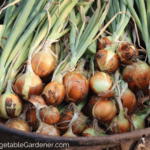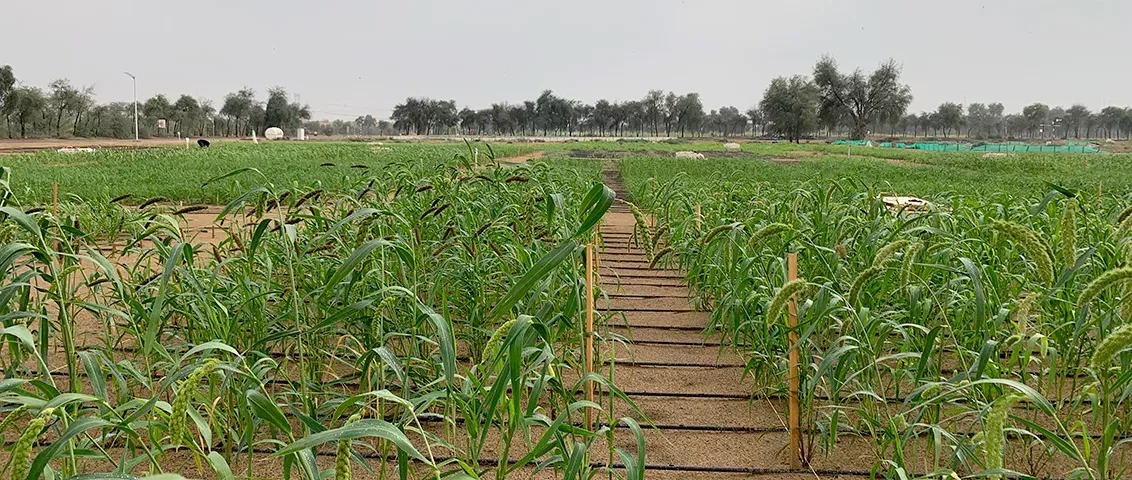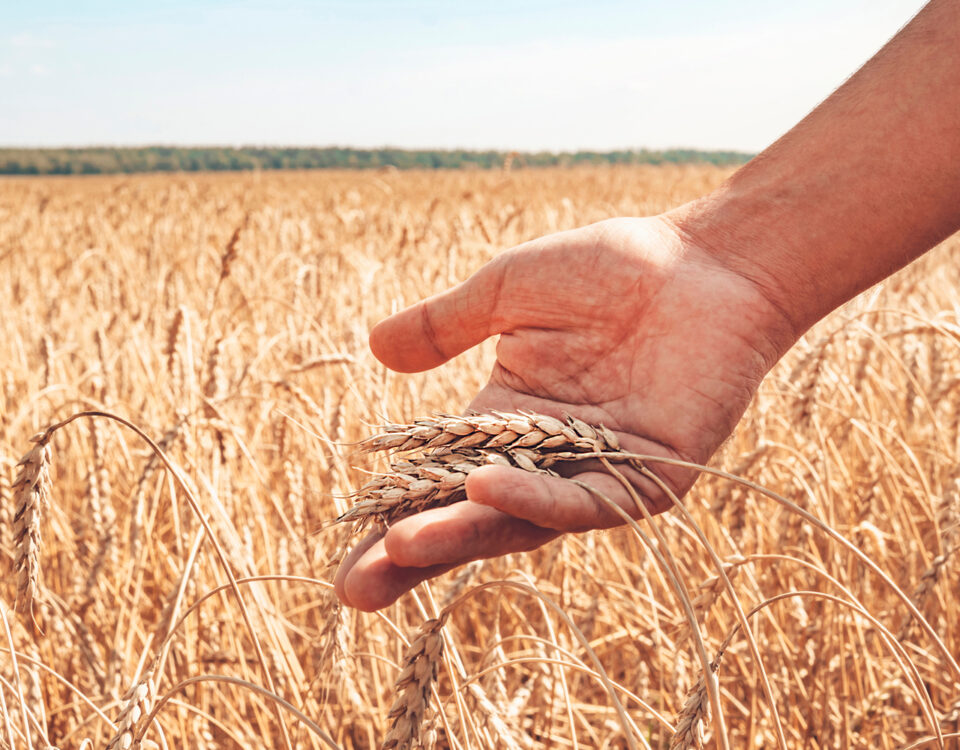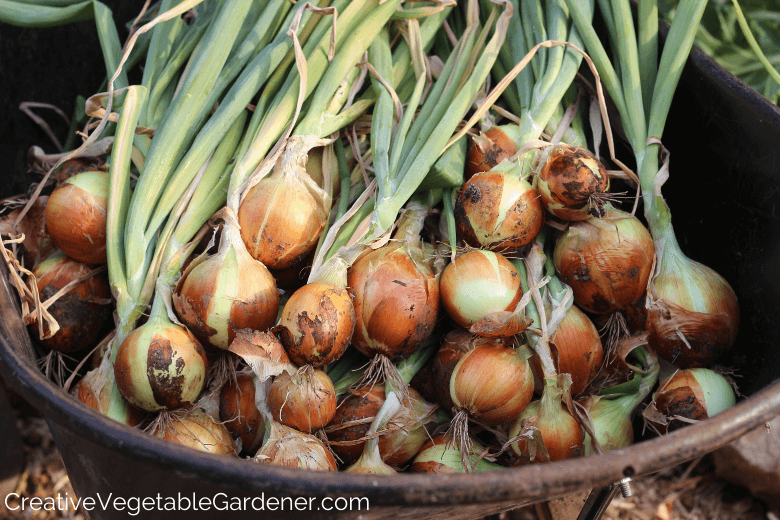
How to Prevent Pest Damage in Marchan Crop Fields
September 7, 2024
Effective Ways to Shield Onions from Rain Damage
September 8, 2024Millet is a resilient crop that thrives in dry and arid climates, making it an essential grain for regions with limited rainfall. Despite its adaptability, maximizing millet yield in desert conditions can be challenging. This guide offers six effective strategies to enhance millet productivity in arid climates, focusing on soil management, water conservation, and advanced agricultural techniques.
Selecting Drought-Tolerant Millet Varieties
One of the most effective ways to boost millet yield in desert climates is by choosing drought-tolerant varieties. Certain millet species, like pearl millet, are naturally more resistant to dry conditions and can perform well with limited water supply. Selecting seeds that are genetically suited to withstand prolonged dry spells ensures better crop survival and growth. When choosing a millet variety, consider factors such as germination rates, resistance to pests, and overall adaptability to harsh conditions. These drought-resistant varieties are often developed through careful breeding and can provide farmers with a higher yield under stressful conditions. Seed banks and agricultural research institutes often offer information on these varieties. Additionally, conducting trials with small plots can help farmers determine which millet variety works best for their specific desert region.
Optimizing Soil Health for Millet Growth
Soil health is critical for successful millet farming, especially in desert climates where soil is often sandy, nutrient-deficient, and prone to erosion. To improve soil fertility, farmers should focus on organic matter enrichment, such as using compost, manure, or green cover crops. These organic materials help retain moisture and provide essential nutrients like nitrogen, phosphorus, and potassium to millet plants. Mulching is another useful practice that reduces soil evaporation, conserving water for crop use. Farmers can also adopt crop rotation methods that alternate millet with legumes to naturally replenish nitrogen levels in the soil. Implementing these soil management techniques can improve millet root development and overall yield, even in nutrient-poor desert soils.
Implementing Efficient Water Conservation Methods
Water scarcity is the most significant challenge in desert farming, but millet can thrive with minimal water when efficient irrigation and conservation methods are used. Drip irrigation systems are highly effective in delivering water directly to the roots of millet plants, reducing wastage due to evaporation. This technique ensures that even small amounts of water are used effectively, contributing to better yields. In addition to drip irrigation, water harvesting systems, such as building bunds or installing rainwater collection tanks, can store and redirect rainwater to millet fields. These methods increase water availability during critical growth stages, such as germination and flowering, when millet needs it the most. Optimizing water usage ensures that crops receive adequate hydration without over-reliance on external water sources.
Utilizing Integrated Pest Management (IPM) Techniques
Pests can severely damage millet crops, especially in desert environments where natural predators are scarce. To prevent significant yield losses, farmers should adopt Integrated Pest Management (IPM) strategies. IPM involves combining biological, physical, and chemical control methods to manage pest populations sustainably. Biological control includes introducing natural predators like ladybugs to control aphid infestations, while physical methods involve placing traps to catch pests. Chemical control, such as using organic pesticides, should be the last resort. Additionally, crop rotation and intercropping millet with pest-repellent plants like marigold can help reduce the pest population. A well-executed IPM program minimizes damage while ensuring environmental sustainability.
Enhancing Millet Nutrition Through Fertilization
Desert soils often lack essential nutrients, leading to poor crop growth and lower yields. Fertilizing millet crops with balanced nutrients can significantly improve plant health and increase production. Nitrogen-based fertilizers are crucial for millet’s vegetative growth, while phosphorus and potassium are vital for root development and grain production. Organic fertilizers like compost, poultry manure, and bone meal can enhance soil fertility without the risk of chemical build-up. Additionally, farmers can conduct soil tests to determine the specific nutrient deficiencies in their fields and apply fertilizers accordingly. Proper fertilization boosts plant vigor, allowing millet to produce higher yields even in the challenging conditions of desert climates.
Adapting Sowing Techniques for Better Yield
In arid climates, millet planting techniques play a crucial role in yield outcomes. Sowing millet seeds at the right time, depth, and spacing can maximize water absorption and reduce competition for nutrients. Farmers should plant millet at the start of the rainy season to ensure that the crops receive sufficient moisture during germination and early growth stages. Additionally maintaining proper seed spacing—about 30 cm between rows and 10 cm between plants—allows millet roots to access water and nutrients efficiently. Thinning crops after germination further reduces competition and ensures that only the strongest plants thrive. By optimizing sowing methods, farmers can achieve a better yield in desert climates, where water and resources are limited.
to read more agriculture related blogs on the website Click here.
The topic for writing this blog has been taken from the post of a farmer from the Sindh Abadgar Board Facebook page.





